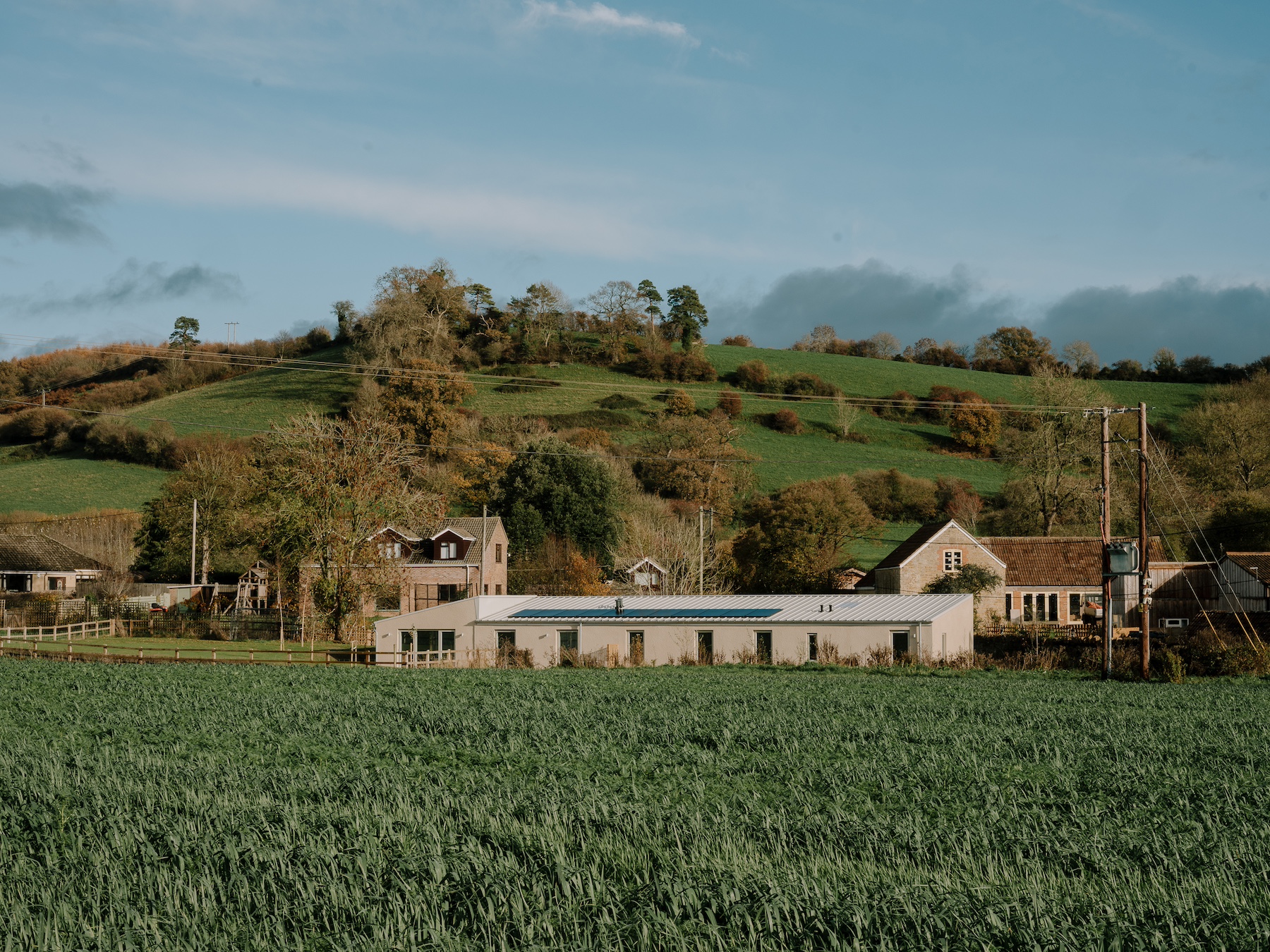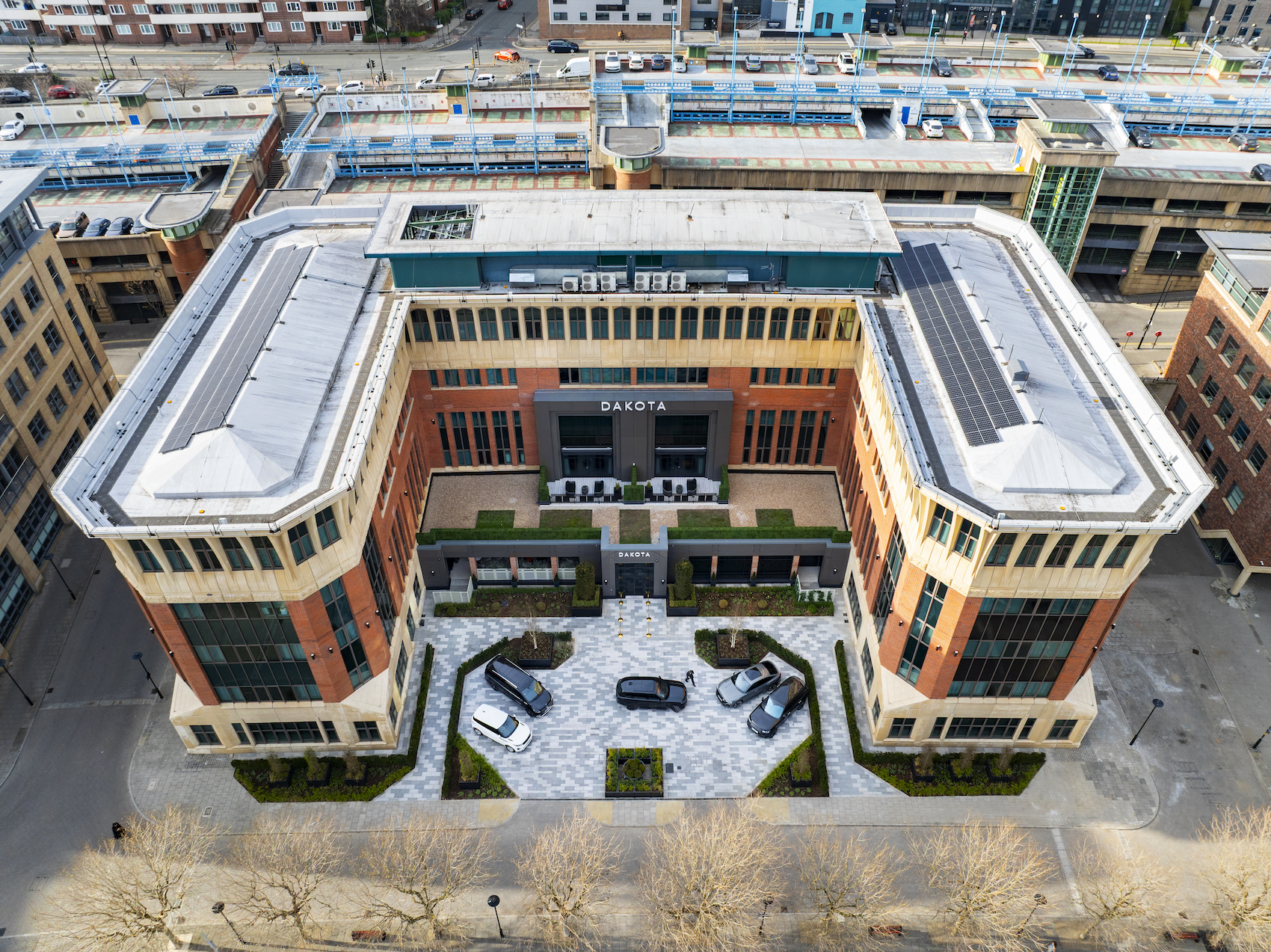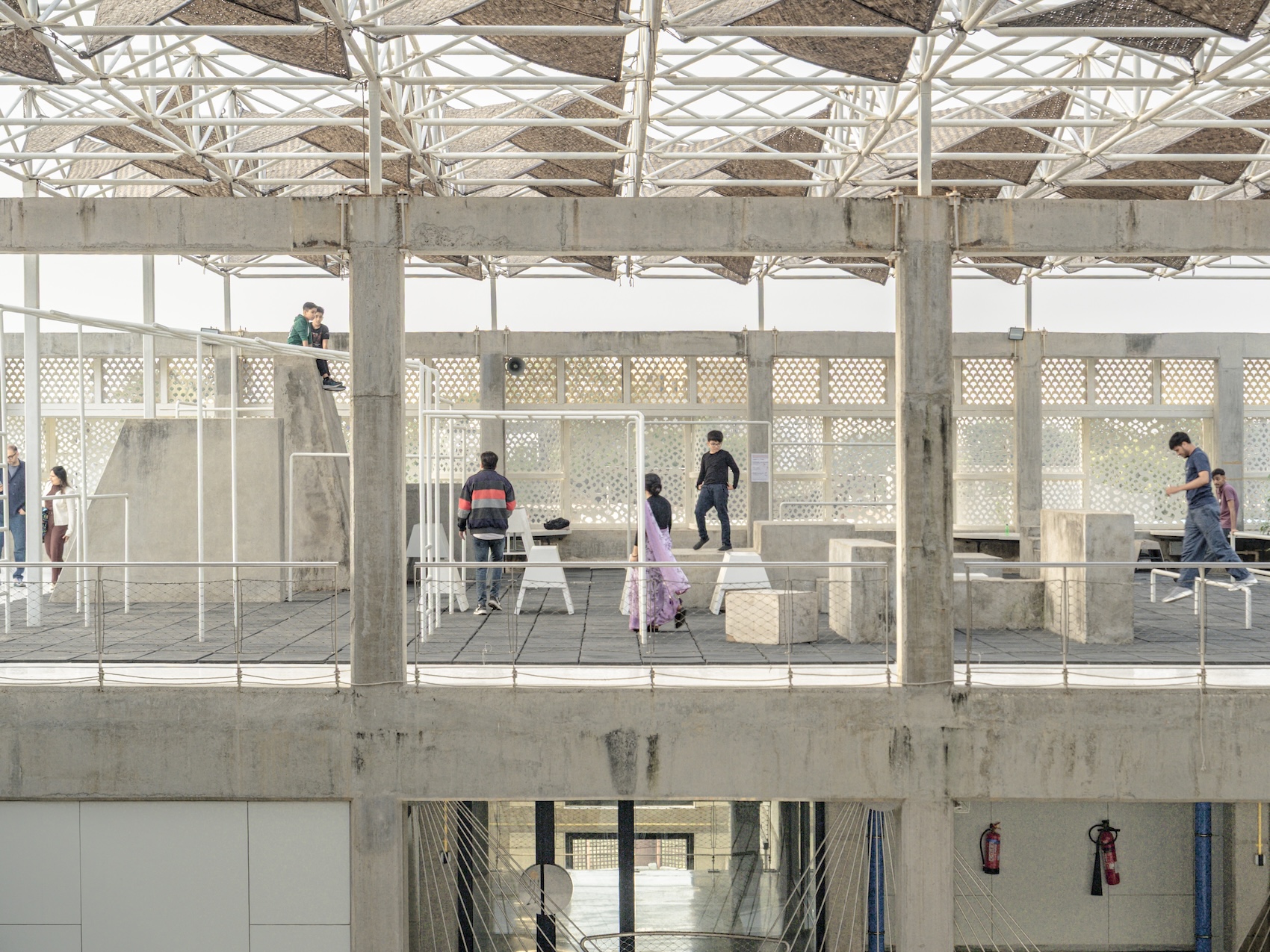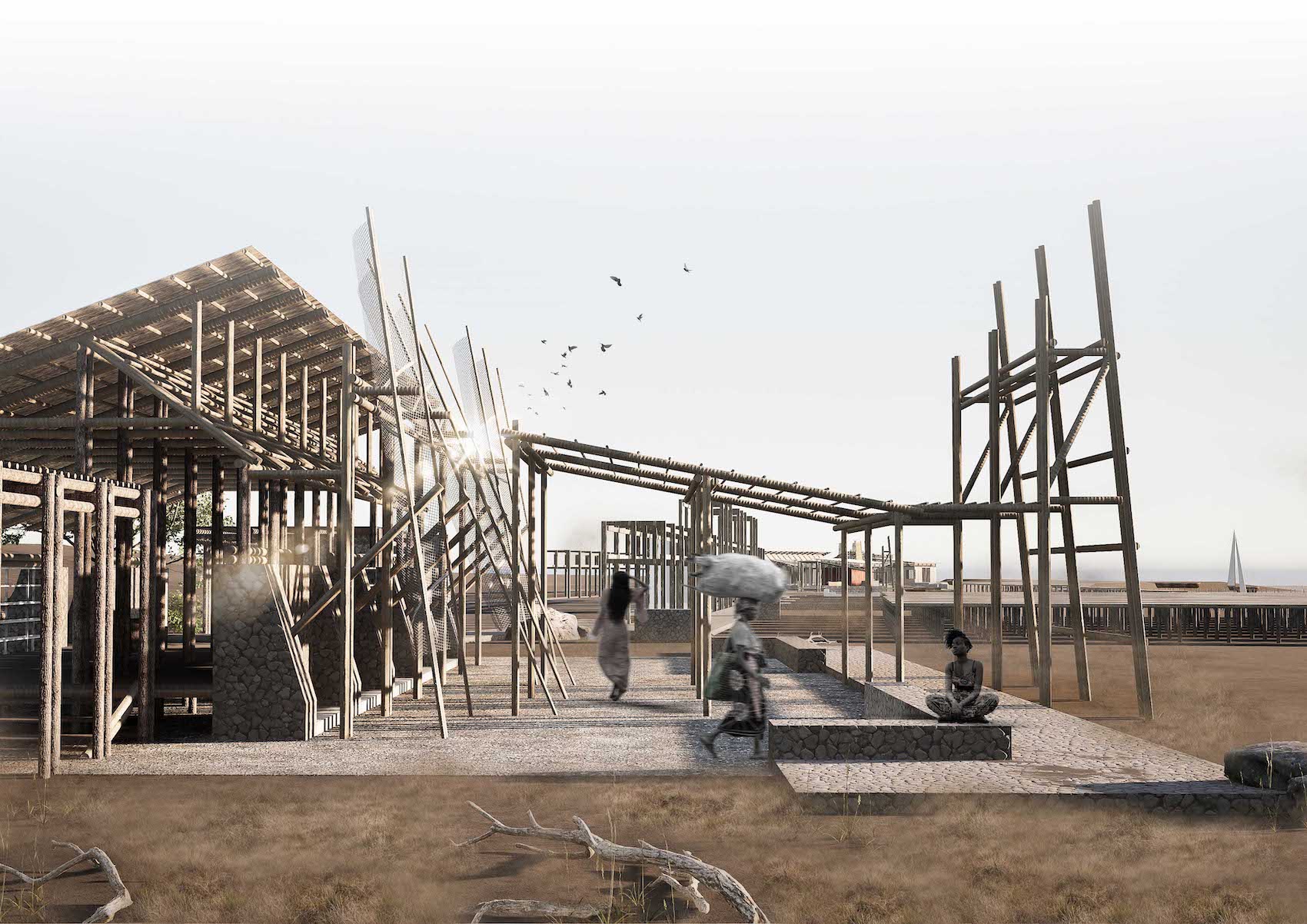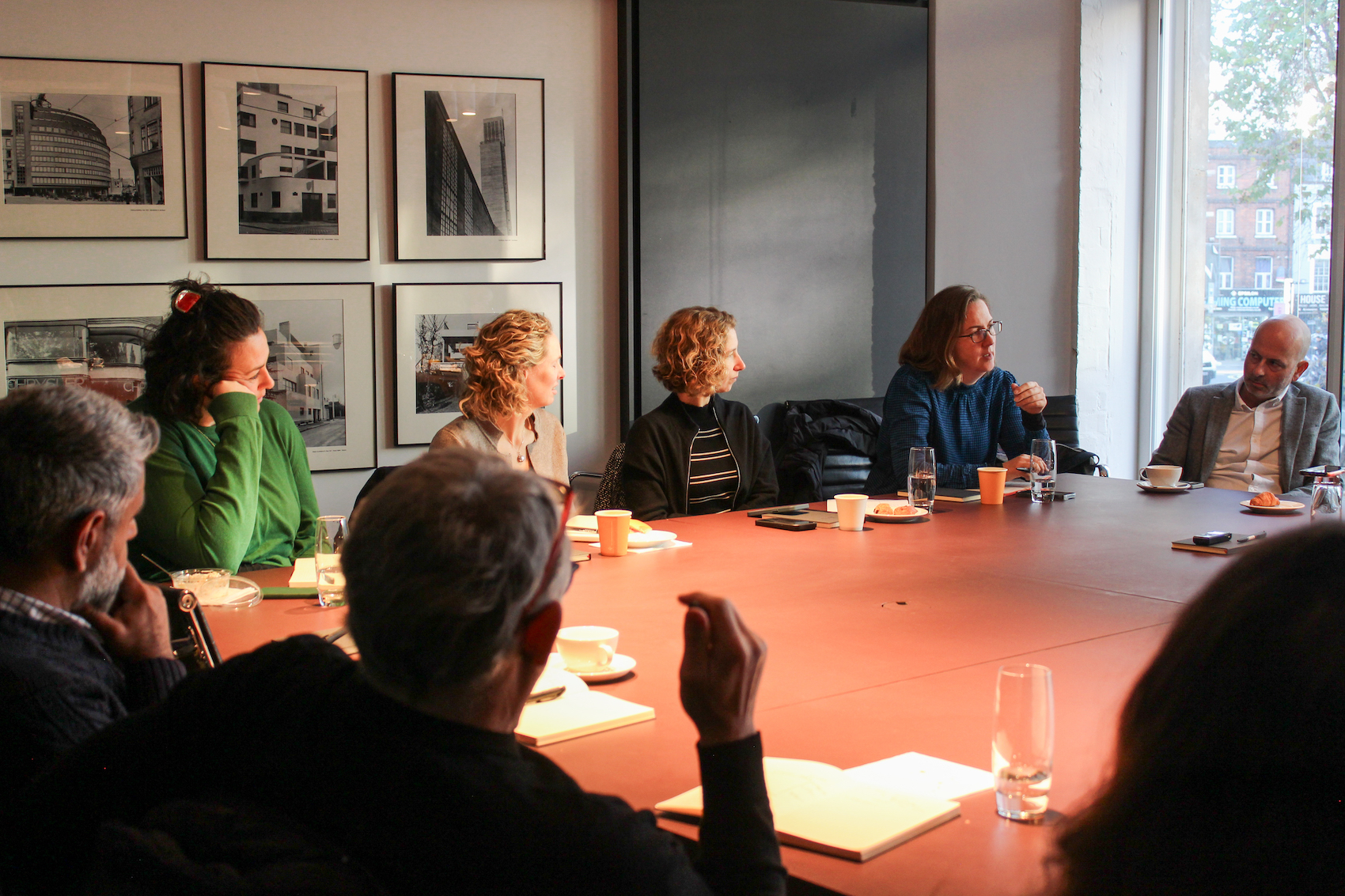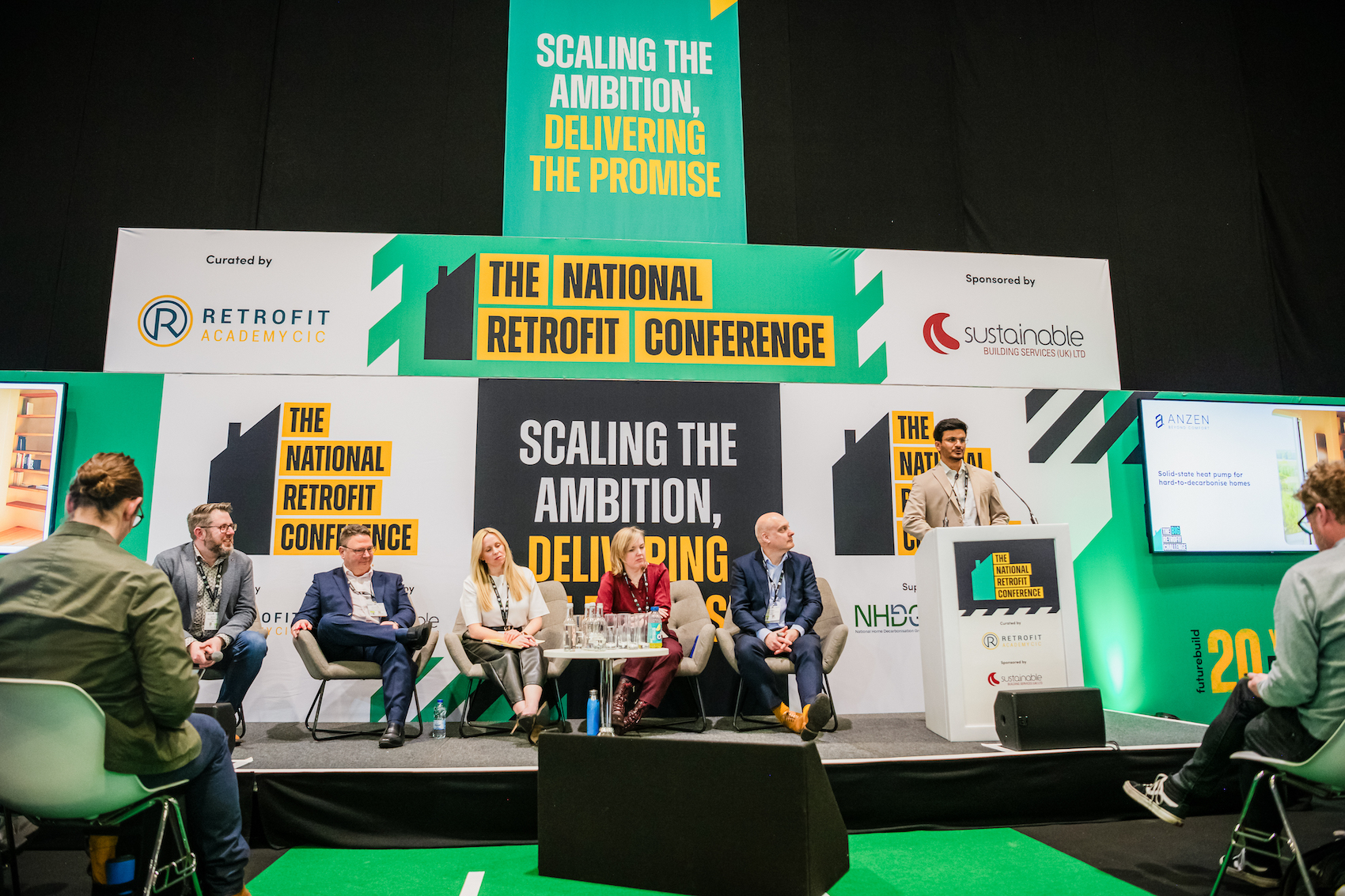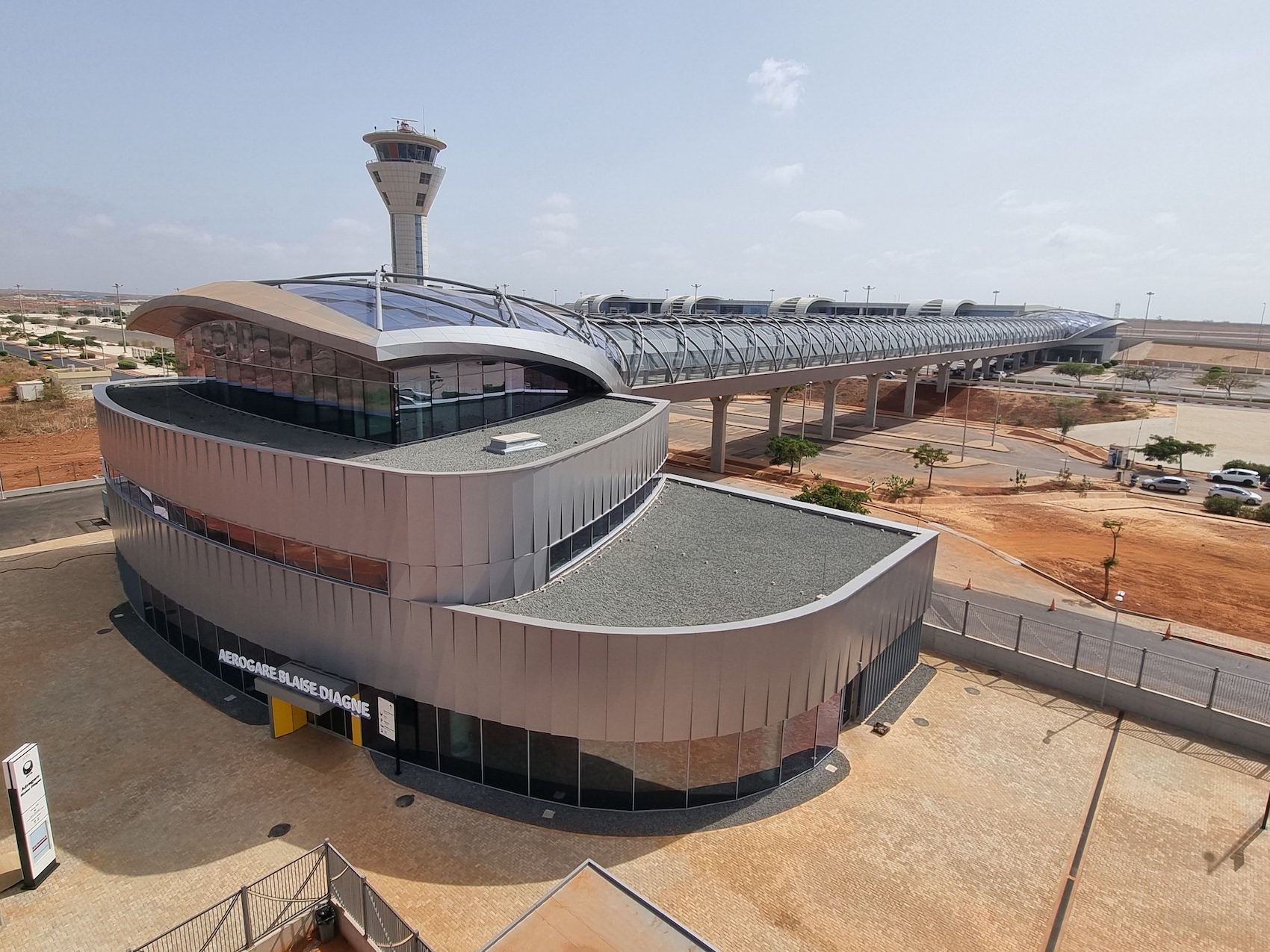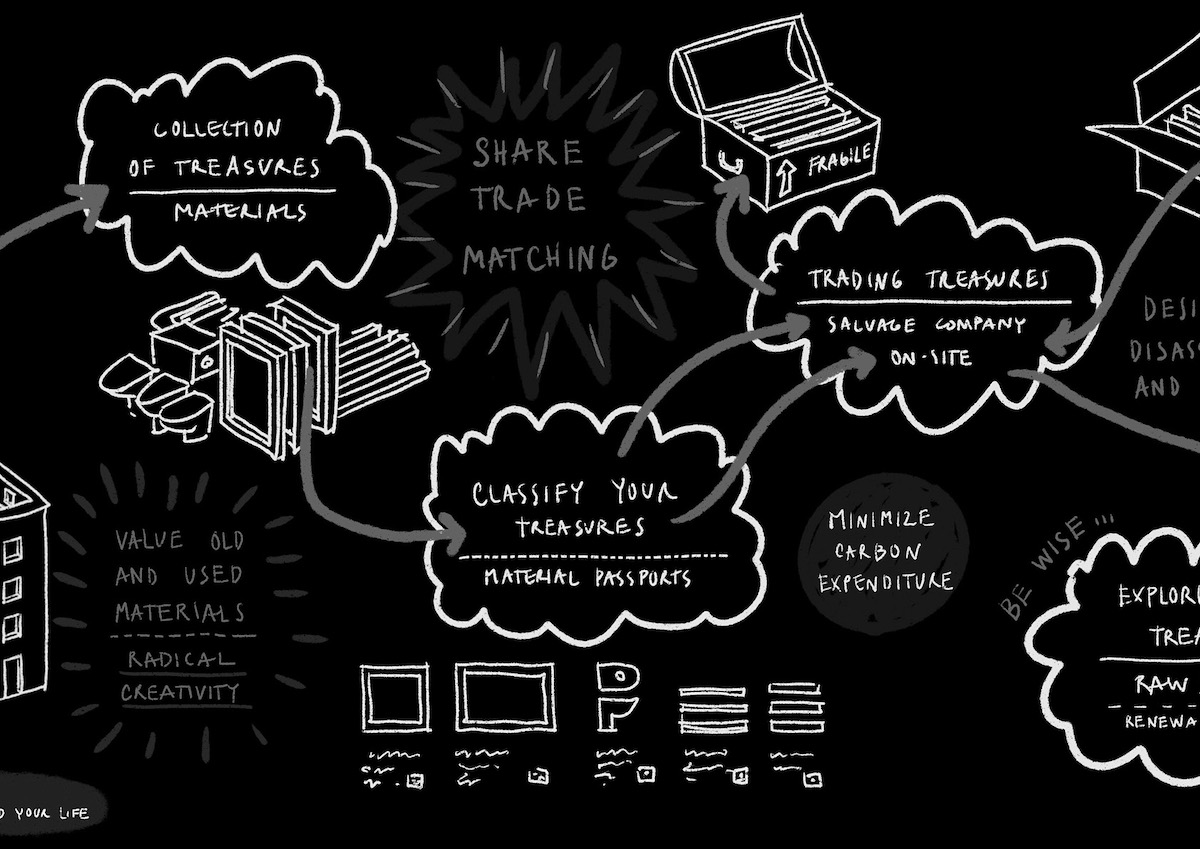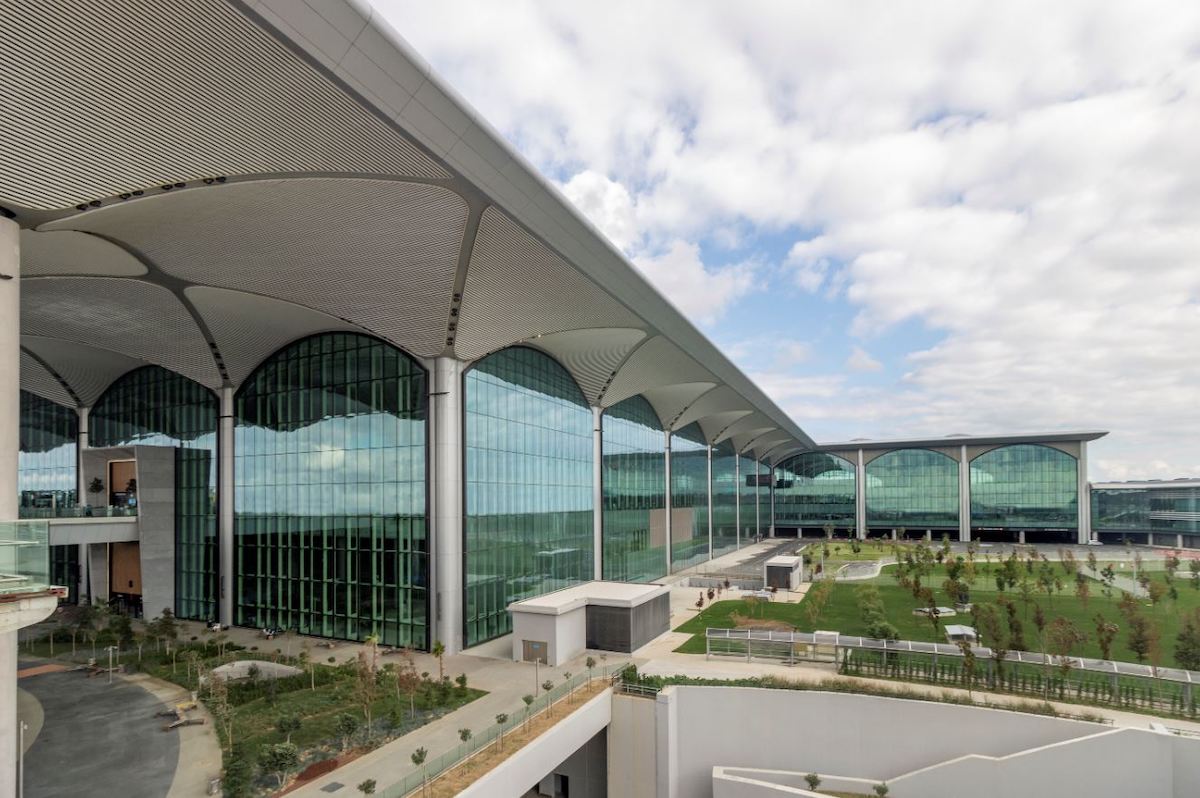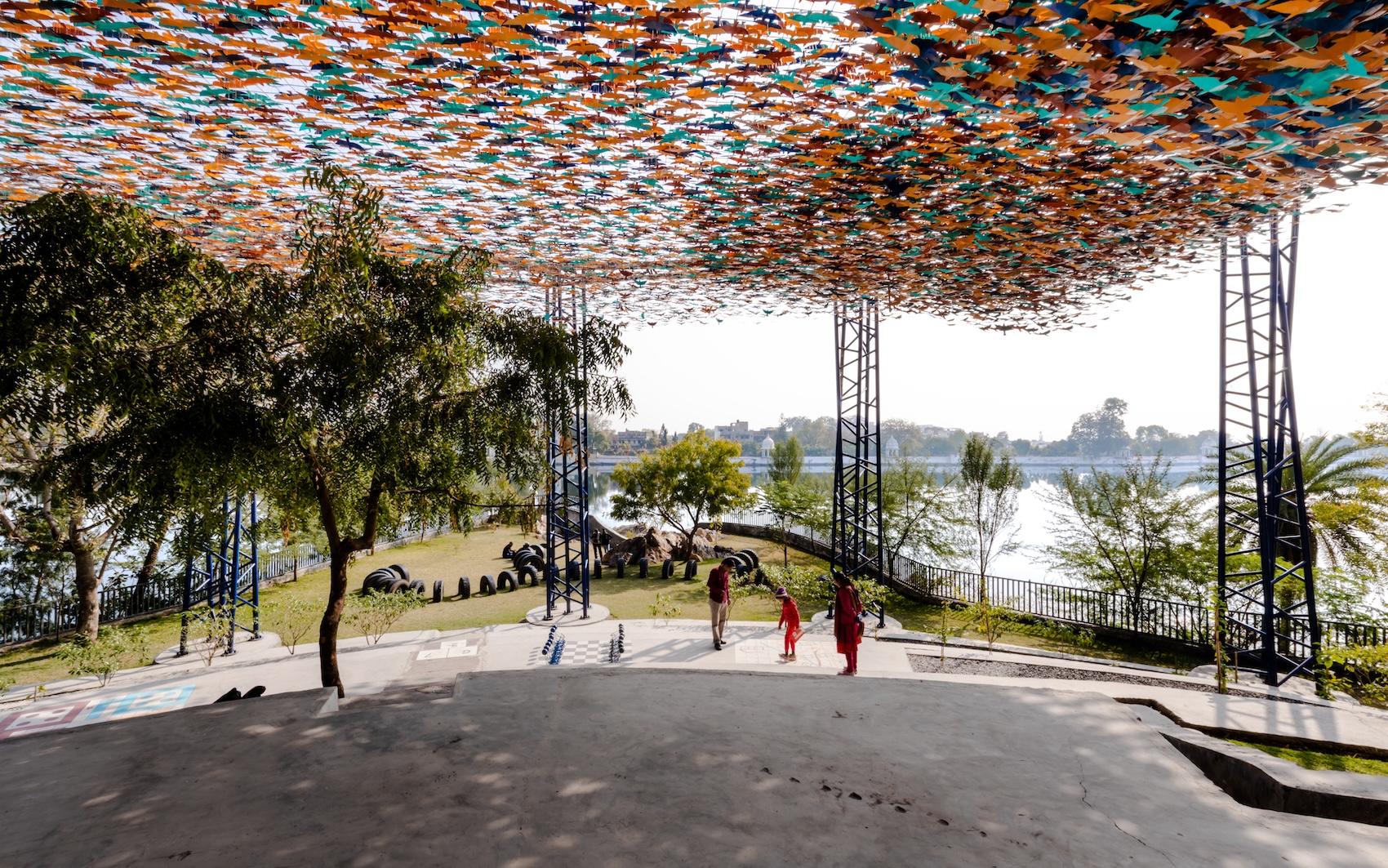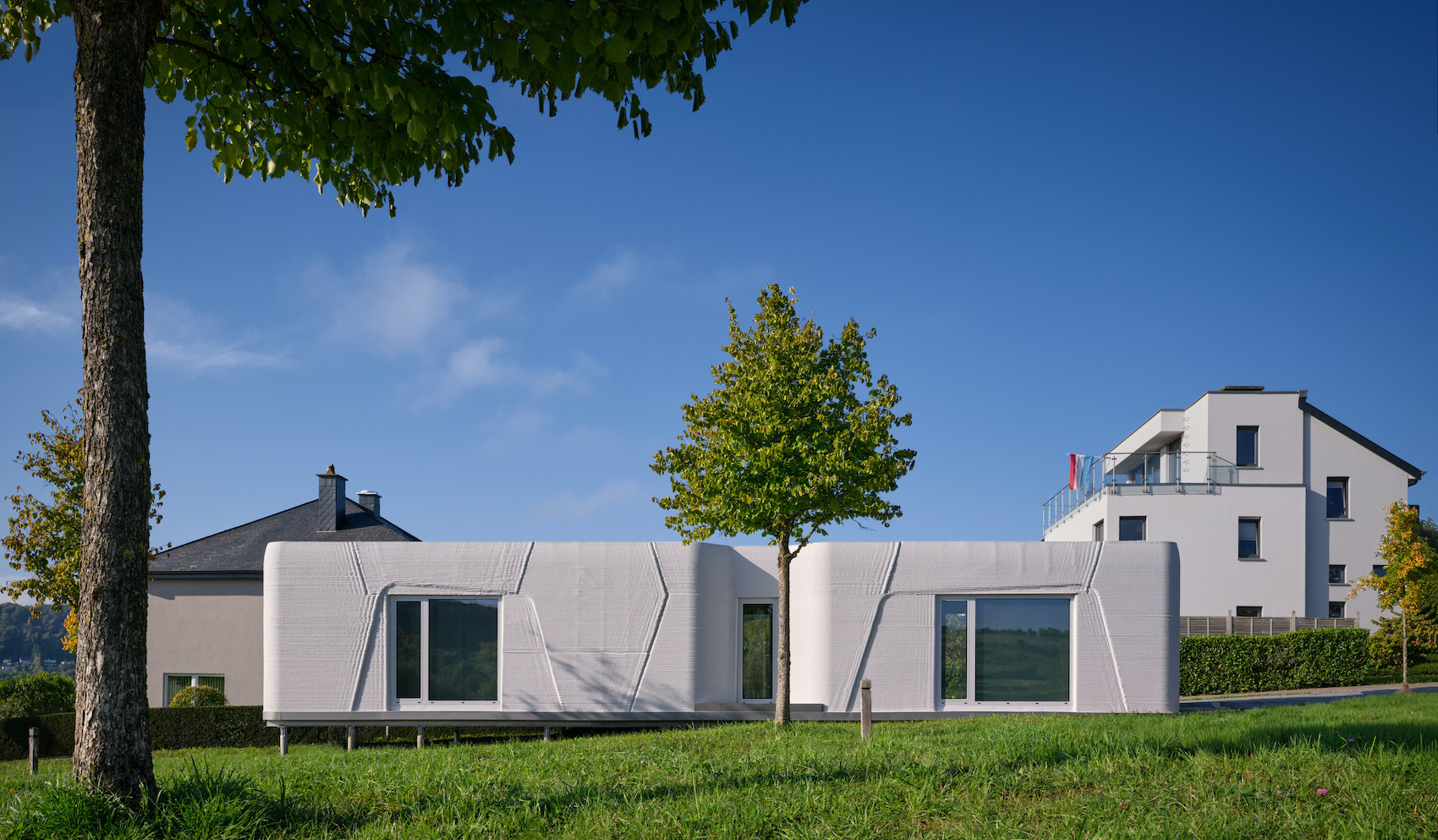AT chats to Kirsty Angerer about the role of the professional ergonomist, getting excited about the Oxford-Cambridge Growth Corridor, the pressing need for strong leadership and the tension between innovation and human needs.
You’re a qualified ergonomist. What does that entail?
Ergonomics – despite what many designers might think – is the science of work. It comes from the Greek words Ergon, meaning work, and Nomos, meaning natural law. I studied ergonomics and human factors, which is a really interesting, diverse course encompassing anatomy, physiology, technology, statistics, data. Typically ergonomics professionals will go into high risk industries like oil and energy and gas; or work for NASA supporting astronauts or looking at the way scientists might develop medication – generally look at areas where health and safety issues could result in death. Others go into product design looking at things like vehicles or trainers.
How did you end up at HLW?
HLW sets out to build a holistic space for its clients. We’re not just designers, although we have very talented designers, we are also workplace strategists. I’m currently working with our clients to help them better understand how they can leverage our specialty studios to drive an enhanced workplace experience for their employees which includes workplace strategy and change management, sustainability consulting, branding, signage and wayfinding strategies, and lighting design. It’s about asking how we invest in a workplace design that enables you, as a human being, to navigate that space naturally. To stop putting your body into unnatural positions. Not to have to work in an open place space which is too noisy to focus. It’s about thinking about human beings in a holistic way.
The new global headquarters for technology company Wise in Shoreditch, London, prioritises flexibility, wellbeing and sustainability aligning with the UKGBC’s Net Zero Carbon Framework through a Whole Lifecycle Carbon Assessment and a shift to low-carbon materials, reducing embodied carbon by 11 tonnes. Wellness-focussed spaces include a sauna, nap pods and a massage area.
Is it possible to quantify the value of that work?
Creating workplaces that truly support both human health and organisational performance is the only way we’re going to move the dial in terms of workspace culture, especially in a world that is changing faster than ever. With hybrid work, shifting expectations and growing mental health concerns, I often find myself asking: are we doing enough to create work cultures that empower people to thrive? I’m fascinated by the tension between innovation and human needs. Personally, I’m concerned about the cost of living, the pressure on our healthcare systems, and changing weather patterns which is just more evidence that as a society we need to collaborate better and move faster with solutions.
The idea of getting people back to the office for five days a week is really dated. We need to move on. Let’s talk about leadership. If you’re not inspired by the leadership, and the direction of the business and the way you’re going to change the world, then why would you leave your home? Sometimes in real estate we go to outputs quite quickly. But before that happens you need to articulate the purpose of your business. If you’re a leader and you can’t do that, you’re probably not going to survive.
Recently completed headquarters building for an insurance client.
What brings you to UKREIIF and what’s been the highlight for you?
With so much diversity in the types of people and businesses attending, it’s a great opportunity to get a richer understanding of the real estate industry and where the future lies. I’m hoping to understand how we can better collaborate as an industry in driving true innovation whilst prioritising the health and wellbeing of our people and planet. I went to a session on the Oxford-Cambridge Growth Corridor which left me feeling really energised. There’s so much innovation and collaboration. Yes, we all have our own businesses, but we’re all fighting the same fight, and that’s what Oxford and Cambridge – and Stevenage – are trying to achieve.
Can you see an opportunity for HLW to get involved?
Life Sciences is an area we need to get into. I used to work at AstraZeneca in Cambridge, so I’m very used to that way of thinking. There’s a lot we can learn from the way they collaborate between human resources, innovation and space. It’s a sector that has grown up with this scientific mindset which means they need to data to prove x, y and z. They’re not going to design the workplace in a particular way unless you can prove it’s going to work. There’s been a real buzz about the sector, but some locations around the world went a bit too far; there are lots of spaces for pharmaceuticals that are now not occupied. I was at an event yesterday where Ellie Junod, who is an investment manager in the global real assets team at UBS Asset Management, said real estate is secondary to talent innovation, culture and family dynamics. So unless you have a pool of talent; a framework for families to access good housing, education, good amenities, good transport, the real estate doesn’t matter. So build that first: then build the transport links; build the talent.





